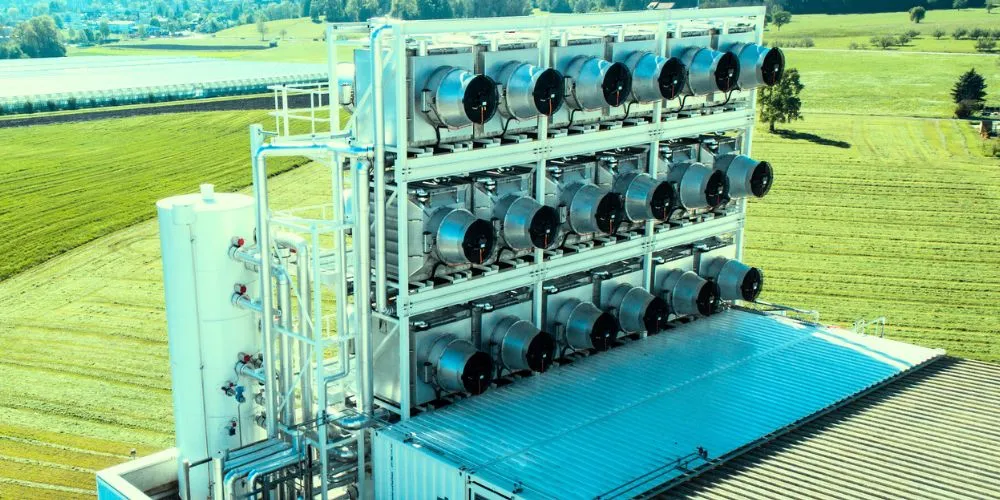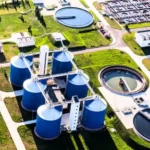Key Points:
- Direct Air Capture (DAC) technology advancements focus on improving efficiency, scalability, and energy consumption.
- Innovative materials, such as advanced sorbents, enhance the capture efficiency of CO2 molecules from the atmosphere.
- Increased utilization of renewable energy sources, like solar and wind power, contributes to the eco-friendliness of DAC.
- Collaborations between tech industry leaders, research institutions, and environmental agencies drive DAC innovations and deployment.
In a groundbreaking leap towards combating climate change, recent advancements in Direct Air Capture (DAC) technology position it as an effective player in sustainable carbon removal. The technology is designed to extract carbon dioxide (CO2) directly from the atmosphere, gaining momentum as a promising solution to mitigate greenhouse gas emissions.
DAC technology is undergoing significant enhancements, making it more efficient and scalable. Researchers and engineers are refining the processes involved in capturing carbon dioxide from ambient air, addressing previous challenges related to energy consumption and cost-effectiveness.
One notable development is using innovative materials in Direct Air Capture systems. Advanced sorbents and adsorbents with increased affinity for carbon dioxide are employed, enhancing the efficiency of capturing CO2 molecules from the air. Additionally, improvements in the design of DAC facilities are optimizing air contact and facilitating higher capture rates.
Energy efficiency has been a focal point of DAC advancements. Innovations in utilizing renewable energy sources, such as solar or wind power, to drive the Direct Air Capture process are reducing the overall environmental impact. This shift towards cleaner energy inputs aligns with sustainability goals and makes the technology a more viable and eco-friendly solution.
Furthermore, scaling up DAC operations is becoming more feasible. With increased investments and research initiatives, DAC facilities are transitioning from pilot projects to larger, industrial-scale implementations. This scalability is crucial for achieving meaningful carbon removal on a global scale.
Governments, businesses, and environmental organizations recognize DAC’s potential in meeting climate targets. Funding and support for the research and implementation are rising, reflecting a growing consensus on the urgency of addressing carbon emissions.
Key players in the tech industry are actively engaging in DAC advancements. Collaboration between technology firms, research institutions, and environmental agencies fosters a collaborative approach to refine and deploy solutions. As a result, Direct Air Capture is emerging as a critical tool in the broader portfolio of climate change mitigation strategies.










